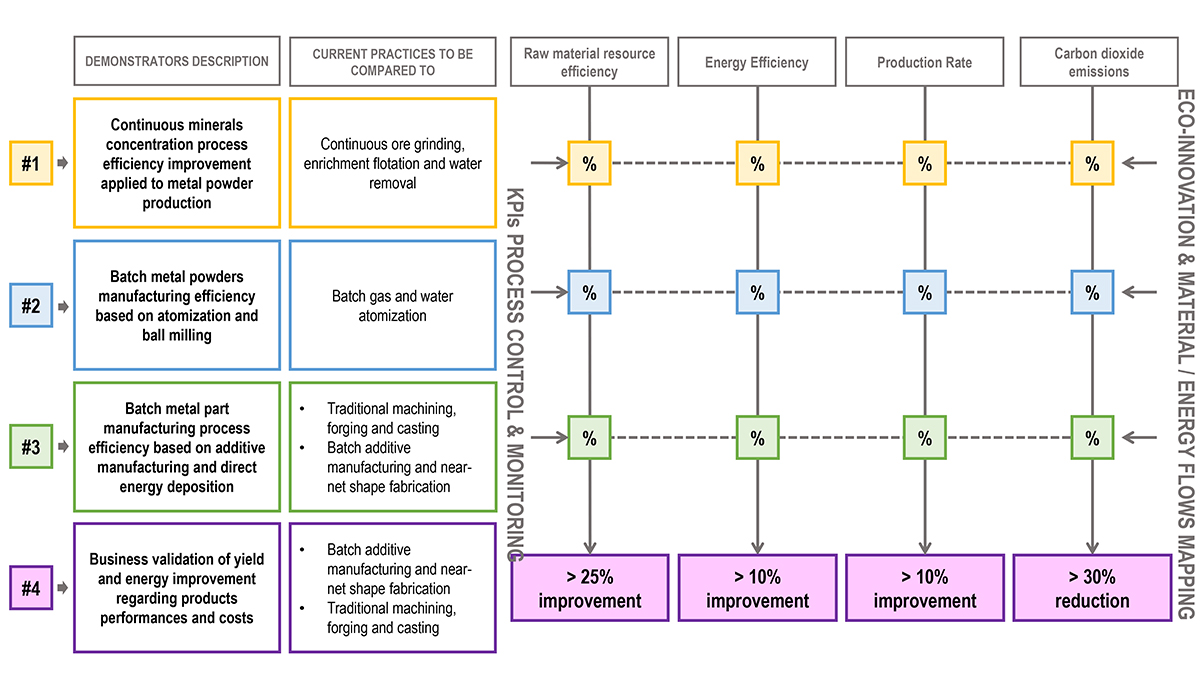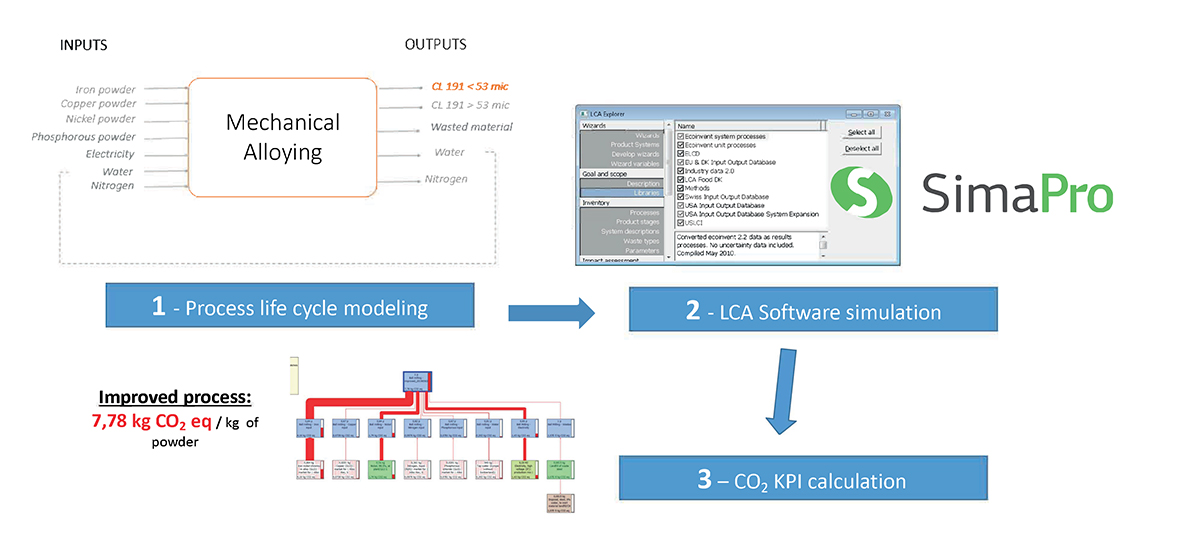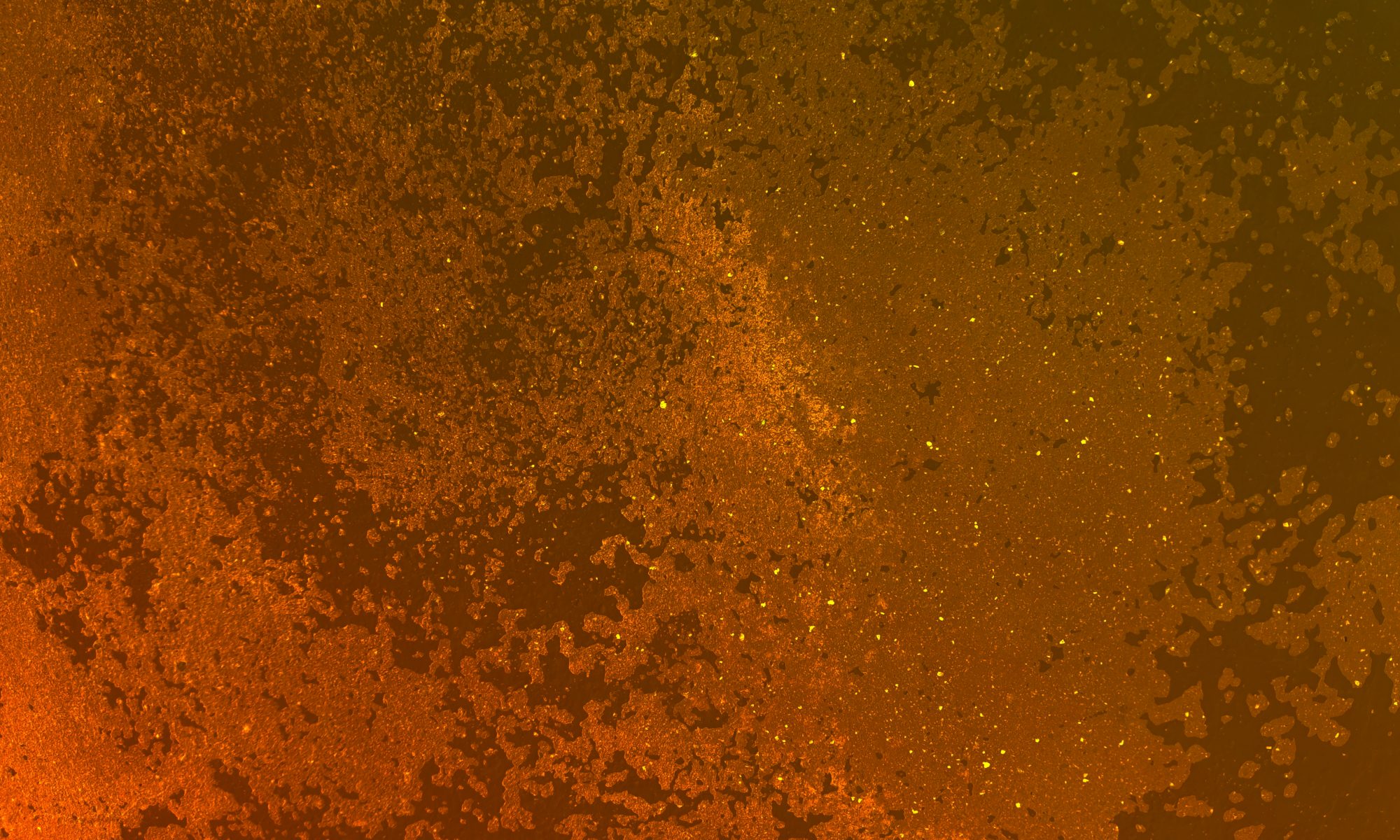Thierry Baffie, research engineer at the CEA/LITEN Grenoble (France) and coordinator of the EU project SUPREME, highlights achievements in sustainable powder metallurgy processes
SUPREME is an EU-funded project aiming at the optimisation of the sustainability of several powder metallurgy (PM) manufacturing processes, both in terms of technical properties and of efficient use of resources and energy, and emissions reduction, for several sectors (automotive, medical, cutting tools, aeronautics, moulding tools). The Consortium includes 16 partners, both industrial and R&D, under the coordination of CEA-Liten (France).
Partners originating from 8 different European countries cover the full value chain, from mineral to end parts applications: Atomising Systems Ltd (United Kingdom), CEA-Liten (France), Centro Ricerche Fiat (Italy), Dellas Srl (Italy), European Powder Metallurgy Association (Belgium), Fundación IDONIAL (Spain), GKN Sinter Metals (Germany), Innovation Plasturgie Composites (France), IRIS (Spain), MBA Incorporado SL (Spain), MBN nanomaterialia (Italy), Outotec (Finland), WeAre Additive Defense (France), RHP Technology GmbH (Austria), Tecnalia Research and Innovation (Spain) and TWI Ltd (United Kingdom).
The rationale for SUPREME
The highest market share (73%) in the global market for PM structural components goes into the automotive sector; nearly around 75% of these components are used in transmissions and engines. The industrial motors/controls and hydraulics has a market share of 9%.

SUPREME addresses Near-Net Shape (NNS) and Additive Manufacturing (AM) PM processes. Powders used cover a wide range of particle size distributions, and are either produced by gas atomisation, water atomisation or mechanical alloying; while the former are rather spherical, the latter have very different morphologies.
SUPREME’s overall objective of optimising the sustainability of PM processes contributes to the goals of the “Sustainable Process Industry through Resource and Energy Efficiency” Public-Private Partnership (SPIRE PPP) in terms of resource and energy efficiency improvement. Further to its ability to cover the full value chain from raw materials to applications, the added value of its consortium is to address several key process industries: minerals, ferrous and non-ferrous metals. SUPREME is also contributing to achieve the objectives of the European Innovation Partnership (EIP) Raw Materials, and more generally to foster the transition to a circular economy in Europe.
Use-cases and demonstrators
Several production routes have been defined to demonstrate process optimisation in terms of raw material resources reduction, energy efficiency, yield improvement, and reduction of carbon dioxide emissions based on a set of advanced ferrous and non-ferrous metals. A total of 38 production routes, 10 use-cases (representing 20 of the total production routes) and 6 demonstrators are under development.

In December 2019, a process monitoring system, designed and developed by IRIS, was installed at GKN´s facilities in Germany, in order to determine and compare the efficiency of a Laser Powder Bed Fusion 3D printer, by monitoring energy consumption, material throughput, waste production and yield. The same system is being installed on two other high productivity printers.
The system consists of a power analyser, a gas mass flowmeter and a data acquisition and processing platform (PATBox). The power analyser provides the system with voltage, current, power consumption etc. from the machine power supply; the gas mass flowmeter measures the flow of Nitrogen from the source to the machine gas accumulator. The values are acquired, processed and displayed through PATBox´s GUI which also allows to extract them as data files or upload them to an FTP server for Life Cycle Analysis at CEA.
Powder Metallurgy as a sustainable technology
The project is monitored by a total of 48 Key Performance Indicators (KPIs), applied to each production route, that allow quantification of improvements, and grouped in six types: Resource, Energy, Cost and Production Rate optimisation, Lifetime improvement and CO2 emission reduction. The objectives were quantified for each KPI at each step of the value chain. The sum of the percentage gain for each KPI allowed establishing values of improvement compared to current practices (Figure 1).
For the calculation of each KPI, CEA manages a data collection among all SUPREME partners. The Life Cycle Analysis methodology is used to calculate KPIs related to CO2 emissions as well as those related to resource and energy optimisation (Figure 2). First results on environmental performance of Mechanical Alloying (MBN) and Gas atomisation (ASL) processes are available: thanks to the project, a 32% improvement of CO2 emissions in Mechanical Alloying and a 4% reduction of N2 consumption in Gas Atomisation are obtained. These results will be used by CEA to propose eco-innovative tools for the environmental optimisation of the SUPREME PM value chain.
For more details, readers are invited to take part in the one-day SUPREME Workshop that will take place in Senlis (France) on 9th July 2020 (registration on the SUPREME website: www.supreme-project.com).
Acknowledgments
The authors thank the EU H2020 and the “Sustainable Process Industry through Resource and Energy Efficiency” (SPIRE) programs, who fund the project under grant agreement no 768612.
Please note: This is a commercial profile











